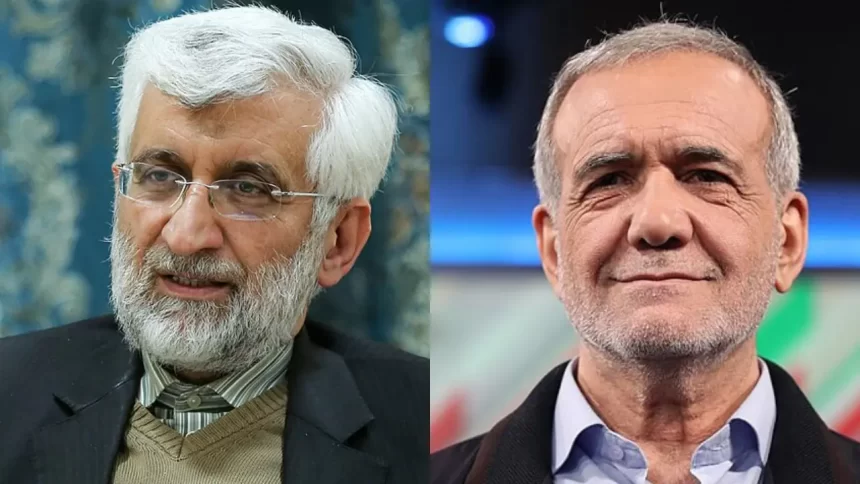In a country facing challenges political disagreements and global uncertainties the presidential runoff, in Iran on July 5 holds significant importance. The competition features Masoud Pezeshkian, a reformist who questions government actions facing off against Saeed Jalili, a conservative and former nuclear negotiator. This second round follows the passing of the former leader Ebrahim Raisi, in a helicopter accident leading to an election.
The Candidates: Reformist vs. Hard-Liner
Masoud Pezeshkian, a surgeon and a veteran of the Iran Iraq war has experience serving in Parliament. As Irans health minister. He is recognized for his views and willingness to engage in talks, with Western nations to alleviate economic pressures caused by sanctions. His personal narrative of raising his children following his wifes tragic passing, along with his Azeri heritage has resonated with many voters.
Saeed Jalili, a negotiator leads the Paydari party known for its extreme right wing stance and unwavering ideological beliefs. Aligned closely with Supreme Leader Ayatollah Ali Khamenei, Jalili opposes dialogue with the United States and advocates, for an strategy.
Voter Apathy and Protest
In the voting phase there was a record voter turnout with just 40% of eligible voters casting their ballots. Experts believe this is due, to dissatisfaction with the government and a lack of confidence, in either sides capacity to enact reforms. Renowned economist Siamak Ghassemi pointed out that the meager turnout reflects the peoples discontent.
Election Dynamics
In the round Pezeshkian was ahead, with 42.4% of the votes with Jalili following at 38.6%. Ghalibaf, a candidate secured 13.8% of the votes. Has now backed Jalili, which could unite conservative voters. Yet there are indications from polls that not all Ghalibaf supporters may fully support Jalili in the runoff creating uncertainty, about the result.
The Stakes
The current election, in Iran is taking place against a backdrop of difficulties. At home the economy is struggling due to sanctions. There are growing limitations on public freedoms. On the stage there are heightened tensions with conflicts that involve groups supported by Iran and Israel. The results of the election may shape how Iran deals with these challenges in terms of its stance and its relationships, with Western nations.
Public Sentiment
The frustration, towards the system is evident among Iranians. They see the candidates as being entrenched in a system that’s resistant to change. However there is still a glimmer of optimism. Individuals such, as Farzad Jafari, who initially chose not to participate in the election now believe that more people might join in during the runoff to oppose the agenda.
The Role of the President
The presidents authority is constrained by the system, where the Supreme Leader holds ultimate power. However the president still plays a role, in shaping policies and managing economic issues. Previous presidents like Hassan Rouhani have demonstrated the importance of this position in brokering international deals such, as the 2015 nuclear agreement.
Looking Forward
As Iran nears this point the decisions made by the voters will determine the direction of the nation. Will they choose the approach of Pezeshkian focusing on dialogue and economic support or will they lean towards Jalilis hard line stance that prioritizes integrity and self sufficiency?


